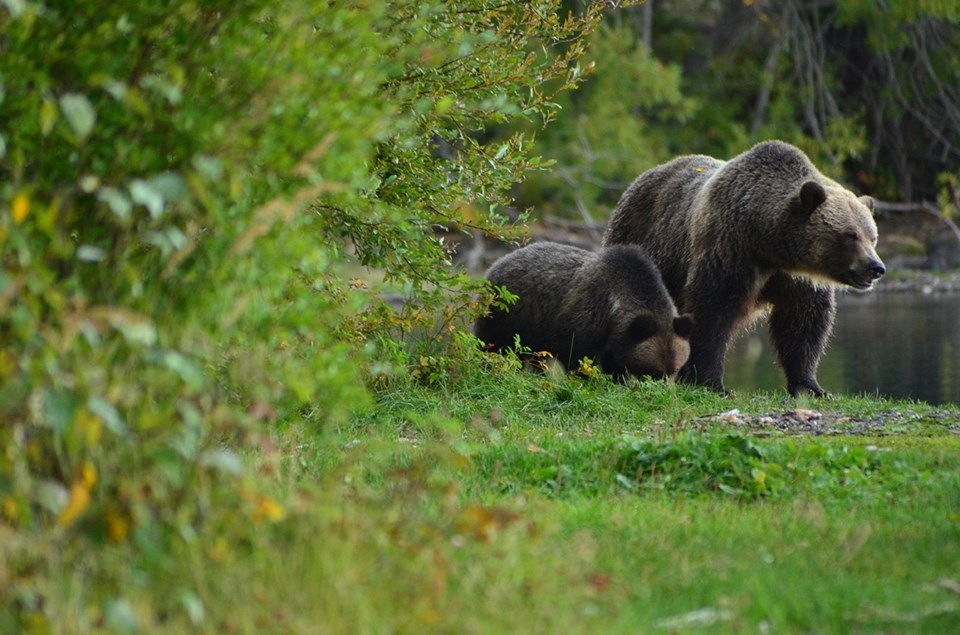The grizzly bear is threatened in the corridor, but recovery is possible, according to Johnny Mikes, field director with Coast to Cascades Grizzly Bear Initiative.
Mikes presented to council at the committee of the whole meeting Tuesday afternoon.
At the request of Mikes, council passed a resolution at the meeting in support of management, recovery and long-term viability of grizzly bear populations in the region and of encouraging the implementation of grizzly bear recovery plans.
The district joins Squamish Nation, Whistler, Pemberton and Lillooet in supporting the recovery of the species.
“[The grizzly bears] have retreated over time from Mexico and California, and so in terms of the southwest-most corner of North America where we still have grizzly bears, Squamish is pretty much it,” Mikes said. “So if we lose grizzly bears around here that line of… local extinction marches northward so there is an importance not only for the local area, but it has international, continental implications.”
Five of B.C.’s nine threatened grizzly bear populations are located in southwest B.C., Mikes said in his presentation.
In the Squamish area there are roughly 60 grizzly bears, he said.
According to Mikes, the speed of development is outpacing grizzly bear conservation measures in B.C.
“This is an area that once was really important to grizzly bears: I mean the estuary, the salmon runs, the alpine areas are really, really great for bears,” he said.
The threats to the grizzly bear populations in southwest B.C. are often from development that puts grizzly bears and humans on a crash course, Mikes said.
One of the biggest future concerns is the proposed FortisBC natural gas pipeline set to feed the proposed Woodfibre LNG plant, according to Mikes. The pipeline itself is not a danger to the bears, but the accesses the pipeline and its construction would make human-bear conflict more likely, Mikes said.
“What access that might open or reopen with construction or expansion of that pipeline is one of our key concerns,” he said. “Where there are a lot of roads, the science will tell you that grizzly bear numbers typically go down.”
It is illegal to hunt threatened grizzly bears, but people continue to kill them either by poaching or hunters mistaking a grizzly for a black bear, because they perceive the bear as a threat or due to conflict over attractants such as garbage, chicken coops or livestock feed, Mikes said.
At least 10 grizzlies have been killed illegally in the Squamish district in the past 10 years, according to documents.
Mikes said there is a lot of support from the public, including First Nations, and from municipalities for grizzly bear recovery, and the province has an excellent blueprint in the 2008 Sea-to-Sky Land and Resource Management Plan, but no provincial recovery planning has happened.
“It is seven years later and that work hasn’t started yet, so we are pushing the province to get that work done and we are trying to do what we can,” Mikes said.
Grizzly recovery programs have been successful in other areas. In the Greater Yellowstone Ecosystem, there were about 136 grizzlies in 1975 and more than 600 by 2012, thanks to recovery-focused management plans, Mikes said. The grizzly is an umbrella species.
“So if you have a landscape that is good for grizzly bears, you also have a landscape that is good for other species, humans and clean water and a healthy environment. The grizzly bears can be a surrogate for how we manage our land overall.”



